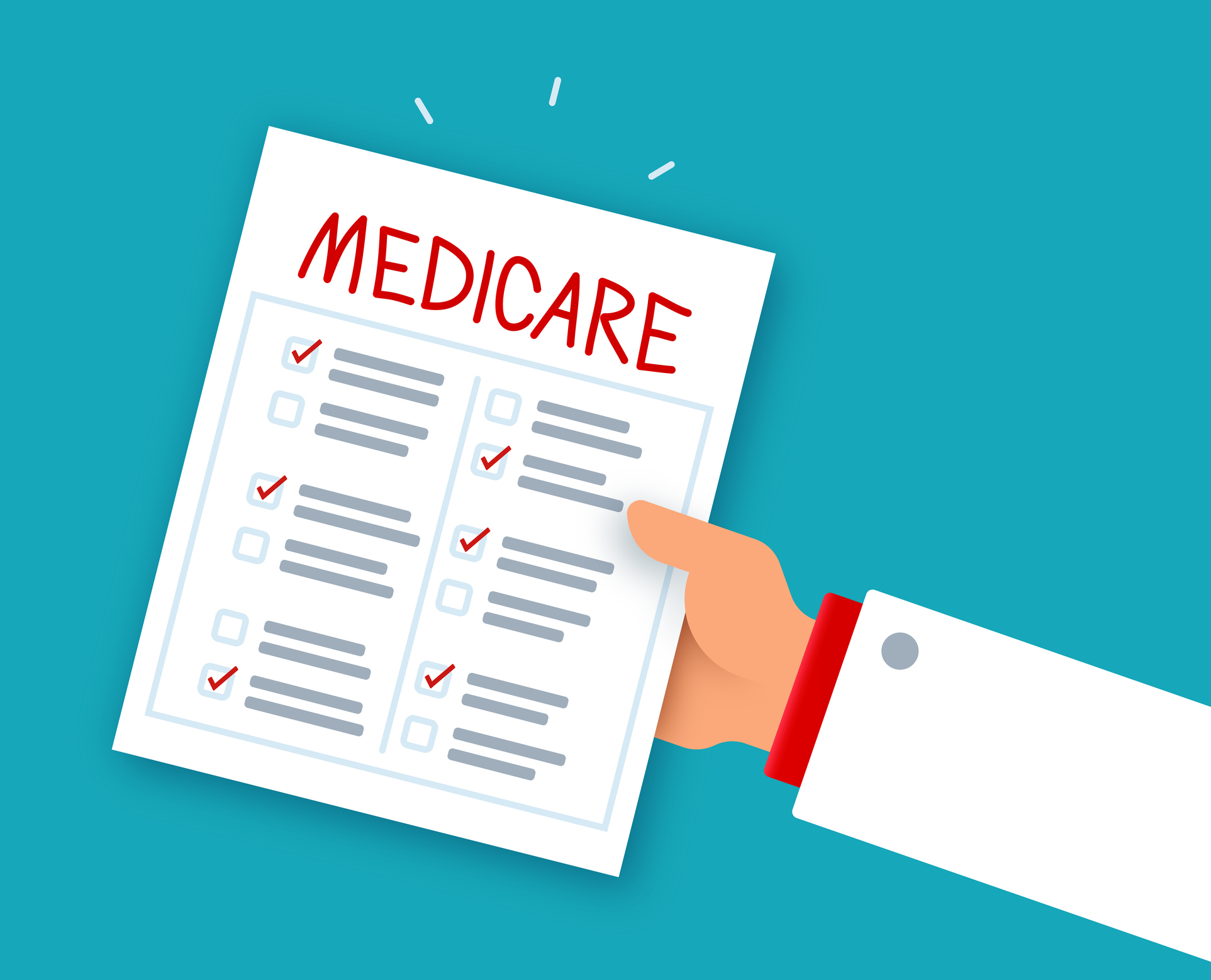Do-It-Yourself Retirement Plans
Here's a rundown of three plans for the self-employed and small-business owner.

When you work for a company with a retirement plan, setting aside money for retirement is easy. You do a little paperwork and decide how much of your salary you can afford to defer each pay period. But when you're on your own, setting up a plan can be daunting. Besides having to choose among a growing menu of options for self-employed workers, you have to educate yourself about the rules and deal with all the administrative hassles.
To help you pick the right plan, here's a rundown of retirement plans designed for the self-employed or owners of small firms. Contributions for all the plans are tax-deductible and earnings are tax-deferred. You'll pay taxes and, usually, a 10% penalty on early withdrawals.
Solo 401(k)
Best for: A sole proprietor who wants to maximize contributions to a tax-deferred retirement plan. Limited to owner-only businesses, so it's not the best plan for small businesses with expansion plans.

Sign up for Kiplinger’s Free E-Newsletters
Profit and prosper with the best of expert advice on investing, taxes, retirement, personal finance and more - straight to your e-mail.
Profit and prosper with the best of expert advice - straight to your e-mail.
Before changes to the tax law took effect in January 2002, the costs and paperwork associated with a 401(k) made it unwieldy for an owner-only business, and you could contribute only up to 15% of your compensation.
With the "individual(k)," a sole proprietor can make salary deferrals up to $18,000 and contribute up to an additional 20% of net self-employment income -- for a maximum contribution of $53,000 in 2015. There's also a $6,000 catch-up contribution for those age 50 and older. Contributions are tax-deferred and tax-deductible. And you can take loans from your account just as you can with a traditional 401(k).
The 401khelpcenter.com has a list of financial firmsproviding 401(k)s for sole proprietors.
You must establish your plan by December 31 and fund it by April 15. For a general idea of how much of a contribution you could make based on your compensation, use this calculator for a more precise amount.
Simplified Employee Pension (SEP)
Best for: High-income business owners who want to maximize contributions through an uncomplicated plan with low fees. SEPs also work well for small-business owners with mostly low-paid, high-turnover employees, because there's no vesting structure and less incentive for employees to stay long-term.
With a simplified employee pension, or SEP, you can contribute up to 20% of your net earnings from self-employment (which is income minus half of your self-employment tax), up to a maximum of $53,000 for 2015. You can set up a SEP plan for a year as late as the due date (including extensions) of your income tax return for that year.
You can open and fund a SEP up until your tax filing deadline through a bank, brokerage or mutual fund company. It's easy to set up, and fees are relatively low (less than $100). With the exception of the higher contribution limits, SEPs work a lot like traditional IRAs.
If you have employees, too, you make all the contributions. You must pony up the same percentage of compensation for your employees as for yourself, If you have lower paid employees, you can maximize contributions for yourself and minimize the cost of contributions for employees.
SIMPLE IRA
Best for: Someone with self-employment income -- particularly from consulting or freelance work -- of $30,000 or less. There's no percentage-of-income limit, but actual dollar limits are much lower than for other plans.
A savings incentive match plan, or SIMPLE, allows you to defer up to $12,500 (or 100% of income, whichever is less) a year, and either a 2% of income fixed contribution or a 3% matching contribution.. For those age 50 and older, there is a $3,000 catch-up contribution.
If you earn $30,000, for example, you can contribute up to $12,900 a year if you take advantage of the 3% matching contribution. At that salary, the most you could set aside with a SEP would be $7,500.
Firms with fewer than 100 employees can also use a SIMPLE. If you have employees, you must include them in your plan and match their contributions dollar for dollar up to 3% of compensation or contribute 2% of every employees' salary -- even for those who don't kick in money themselves.
You must open a SIMPLE by October 1 the year you make the contribution to get the deduction. Plans are offered by banks, brokerage firms and mutual funds.
Get Kiplinger Today newsletter — free
Profit and prosper with the best of Kiplinger's advice on investing, taxes, retirement, personal finance and much more. Delivered daily. Enter your email in the box and click Sign Me Up.

Award-winning journalist, speaker, family finance expert, and author of Mom and Dad, We Need to Talk.
Cameron Huddleston wrote the daily "Kip Tips" column for Kiplinger.com. She joined Kiplinger in 2001 after graduating from American University with an MA in economic journalism.
-
 What the Capital One Discover Merger Means for Your Wallet
What the Capital One Discover Merger Means for Your WalletThe Capital One Discover merger reshapes the credit card landscape and could impact your credit card rewards, interest rates and card perks.
By Paige Cerulli
-
 My Advice for Enrolling in Medicare Part B — Based on Experience
My Advice for Enrolling in Medicare Part B — Based on ExperienceEnrolling in Medicare is notoriously complicated and can result in penalties if you get the timing wrong. Here are some valuable tips for first-timers.
By Sandra Block
-
 What DOGE is Doing Now
What DOGE is Doing NowThe Kiplinger Letter As Musk's DOGE pursues its ambitious agenda, uncertainty and legal challenges are mounting — causing frustration for Trump.
By Matthew Housiaux
-
 COVID Hospitalization Rates See an Uptick As Winter Looms — The Kiplinger Letter
COVID Hospitalization Rates See an Uptick As Winter Looms — The Kiplinger LetterThe Kiplinger Letter A new Omicron booster is available, but the elderly are still at risk and winter is right around the corner.
By David Payne
-
 Will Weight-Loss Drugs Spike Medicare Costs?: The Kiplinger Letter
Will Weight-Loss Drugs Spike Medicare Costs?: The Kiplinger LetterEconomic Forecasts Lawmakers are trying to get weight-loss drugs like Wegovy covered by Medicare. Long-term savings are possible, but it could cost the program $27 billion.
By John Miley
-
 Greenland, U.S. Plans to Boost Tourist Economy: Kiplinger Economic Forecasts
Greenland, U.S. Plans to Boost Tourist Economy: Kiplinger Economic ForecastsEconomic Forecasts A U.S. congressional effort could see some Canadian visitors get longer stays, meanwhile, Greenland bids to be the next vacation hotspot.
By Sean Lengell
-
 Medicare Drug Price Negotiations Latest: Kiplinger Economic Forecasts
Medicare Drug Price Negotiations Latest: Kiplinger Economic ForecastsEconomic Forecasts Medicare drug price negotiations: Early signs have emerged of how these key talks will be handled.
By Matthew Housiaux
-
 Forces That Affect Your Estate Plan
Forces That Affect Your Estate Planretirement From probate and ownership division to the taxing arm of Uncle Sam, here are four things that can influence what happens to your belongings.
By the editors of Kiplinger's Personal Finance
-
 Make a Plan for Your Retirement Savings
Make a Plan for Your Retirement Savingsretirement The first step to effectively using your 401(k) is to assess your retirement needs.
By the editors of Kiplinger's Personal Finance
-
 What to Ask Before Buying an Annuity
What to Ask Before Buying an Annuityinsurance If more people understood these confusing products, fewer probably would be sold. Find out what you need to know.
By the editors of Kiplinger's Personal Finance